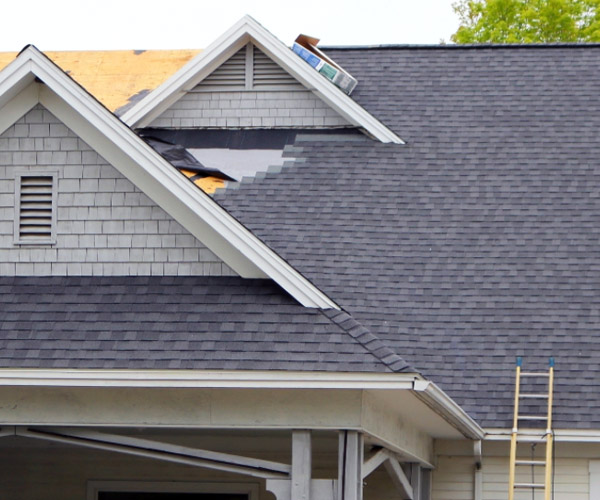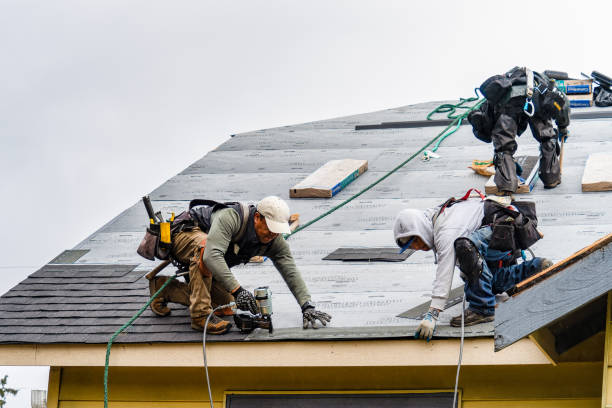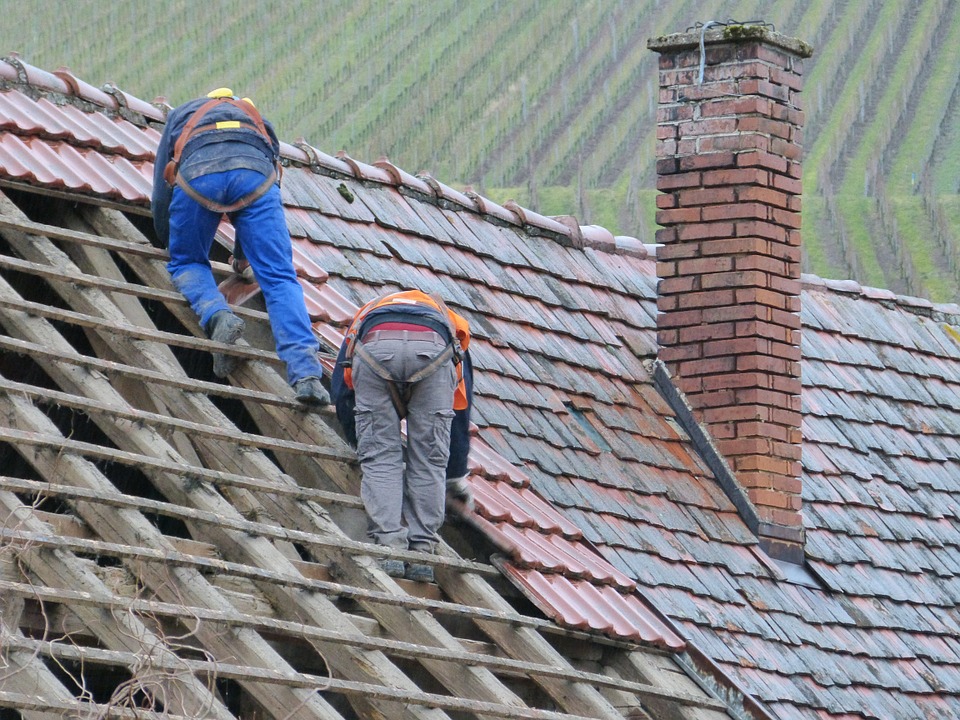Exactly How to Assess Different Roof Covering Alternatives for Your Structure Requirements
Reviewing roofing choices for your building requires a detailed technique that takes into consideration numerous factors such as the intended usage of the framework, local environment conditions, and product characteristics - Roofer. It is essential to weigh the benefits and drawbacks of various roofing types, from asphalt shingles to metal and clay ceramic tiles, while additionally factoring in preliminary prices and long-term upkeep.
Assessing Your Structure's Demands
To successfully assess roof covering choices, begin by completely assessing your structure's requirements. Beginning by taking into consideration the building's planned use, as various structures might require varying roof covering requirements. For example, property roofings commonly prioritize looks and insulation, while industrial buildings might concentrate on durability and load-bearing ability.
Following, review the local climate problems that will affect roof covering efficiency. Factors such as temperature changes, precipitation degrees, and wind patterns can influence product option and style. A roofing system that masters a temperate environment may not do also in areas prone to hefty snowfall or extreme heat.
Additionally, assess the architectural honesty of your structure. Make certain that the existing framework can support the picked roof materials, specifically if taking into consideration larger choices. It is also crucial to evaluate any neighborhood structure codes or policies that may dictate details needs for roof covering systems.

Comparing Roofing Products
As soon as an extensive evaluation of your building's demands has actually been finished, the following action entails comparing numerous roof covering materials. Each material offers distinct advantages and negative aspects, making it vital to straighten your selection with your certain demands and conditions.
Asphalt tiles are extensively identified for their affordability and ease of installation, making them a popular alternative for domestic buildings. On the various other hand, metal roofing, known for its durability and long life, can stand up to harsh weather but may feature a greater first investment.
Clay and concrete floor tiles supply outstanding thermal insulation and aesthetic allure, especially for Mediterranean-style architecture, yet they require an even more durable structural assistance due to their weight. Timber shakes deal an all-natural appearance and excellent insulation residential properties but might require a lot more maintenance and are prone to fire dangers.
Examining Price and Budget Plan
Examining your roof choices necessitates a careful analysis of expense and budget plan considerations. The overall allocate a roofing task makes up several aspects, including material prices, labor costs, maintenance, and potential long-lasting savings. It is vital to develop a clear spending plan prior to checking out particular roof materials, as this will assist the decision-making procedure and help you stay clear of overspending.
Begin by getting quotes from multiple professionals to understand labor costs in your area. Make certain that these quotes include all essential services, such as removal of the old roof, installation, and any added features, like insulation or ventilation enhancements - Roofer. Next, examine the cost of different roofing products, taking into consideration both initial installation prices and expected lifespan

Recognizing Power Performance
Power performance plays a crucial duty in the selection of roof materials and systems, dramatically affecting both energy intake and general comfort within a structure. An appropriate roofing can enhance thermal efficiency, minimizing the requirement for heating and cooling down systems, which subsequently lowers energy costs and minimizes environmental effect.
When examining roof alternatives, consider materials that reflect rather than take in warm. Furthermore, correct insulation and air flow are vital to enhance the power effectiveness of the entire roofing system.
Another important factor is the roofing system's long life and maintenance demands. Sturdy materials that need much less constant replacement add to long-term energy cost savings. Moreover, the power effectiveness of a roof can additionally be examined via its conformity with established sustainability visit this website scores such as ENERGY CELEBRITY or LEED.
Considering Aesthetic Charm
A roof's visual allure considerably affects the overall appearance of a building, matching its architectural design and improving curb allure. Roofing Contractor. When assessing roof covering alternatives, it is vital to consider how the chosen material, color, and design will certainly balance with the existing structure and community. A well-designed roof can boost also the simplest of buildings, transforming them into visual prime focus
Different roofing materials supply various visual top qualities. Conventional roof shingles might evoke a traditional appeal, while steel roof can give a modern-day, streamlined appearance. In addition, the shade of the roof material plays a crucial role; lighter tones can make a structure show up more roomy, while darker tones may create a cozier ambiance.
Moreover, architectural elements, such as dormers and eaves, can enhance the roof's aesthetic effect. It is suggested to talk to specialist developers or engineers to make sure the chosen roof choice aligns with the overall layout intent. Inevitably, a roof covering must not just supply practical advantages but also contribute favorably to the structure's aesthetic, mirroring the proprietor's taste and the character of the surrounding environment.
Conclusion
